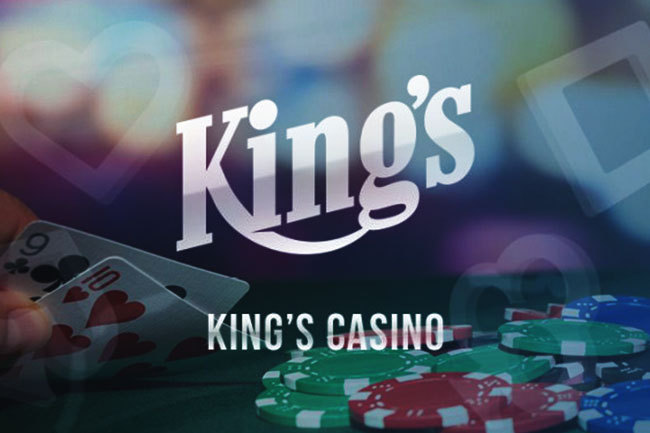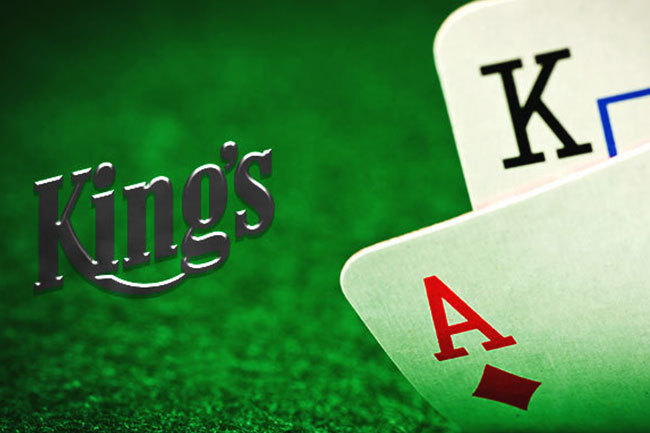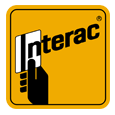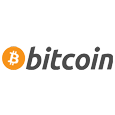 After a gradual liberalization of the Danish gambling market in the past several years, the industry is expanding with new casinos opening and new operators being granted licences. In its annual report, the Danish Gambling Authority announced that the market continued to grow in 2017, generating DKK9.2 billion in gross gaming revenue (GGR).
After a gradual liberalization of the Danish gambling market in the past several years, the industry is expanding with new casinos opening and new operators being granted licences. In its annual report, the Danish Gambling Authority announced that the market continued to grow in 2017, generating DKK9.2 billion in gross gaming revenue (GGR).
According to the statistics, published this week by the Danish Gambling Authority, the size of the market increased DKK0.3 billion from the revenues generated in 2016. Compared to 2012, when the gambling liberalization process started, the legal market went up DKK1.7 billion to DKK9.2 billion total gross gaming revenue in 2017. The largest contributor turned out to be lotteries with DKK 3.1 billion, followed by the liberalized sports betting market that generated the impressive DKK 2.3 billion. It is important to note that the data includes only the regulated market and there are no figures released for the operators without a Danish gambling licence. Apart from pure statistics data, however, the annual report of the Authority also describes the major market developments that took place last year.
One of the highlights of the document is the liberalization of the industry which included online bingo and betting on horses, dogs, and even pigeons. It took effect on January 1, 2018, and although it did not have a direct effect on the revenues, the news of the upcoming change had a positive effect on the industry as a whole. Even before online casinos were allowed to offer bingo games, the expected liberalization helped them see a better environment and opportunity for growth. As a result, Internet-based casinos recorded increased revenues. According to the report, lotteries accounted for 34 per cent of the total GGR, followed by sports betting (25%), and online casinos which generated 20 per cent of Denmark’s total GGR for 2017, or DKK1.8 billion.
Land-based casinos, slot machines and the horse-racing sector contribute much less to the total GGR. Last year, land-based casinos generated DKK375 million in GRR, making up 4 per cent of the industry’s total revenue, up DKK30 million from 2012. The two other sectors, however, saw declines in 2017 – gaming machines (16% of total GGR) generated DKK1.5 billion, down from DKK1.8 billion in 2012, while betting on horse races (1% of total GGR) fell of 2012’s DKK145 million to DKK116 million in 2017.
Liberalization of the Danish Gambling Market and other Highlights
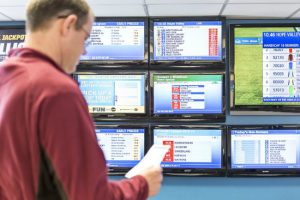 In its report for 2017, the Danish Gambling Authority explains that in the period 2011-2017, the total GGR grew by 2.7 billion or 22.9 per cent. After the partial liberalization of sports betting and online casinos in 2012, the revenue in these sectors grew by DKK3.4 billion in the past five years. One of the major reasons for this growth is that before 2012, a large portion of the gambling operators offering services (mostly online) to Danish customers was not licensed in the country. Prior to that, only the state-owned Danske Spil had the right to offer betting services within the country. By the end of 2017, there were a total of 27 licences for online casinos and 15 licences for sports betting operations.
In its report for 2017, the Danish Gambling Authority explains that in the period 2011-2017, the total GGR grew by 2.7 billion or 22.9 per cent. After the partial liberalization of sports betting and online casinos in 2012, the revenue in these sectors grew by DKK3.4 billion in the past five years. One of the major reasons for this growth is that before 2012, a large portion of the gambling operators offering services (mostly online) to Danish customers was not licensed in the country. Prior to that, only the state-owned Danske Spil had the right to offer betting services within the country. By the end of 2017, there were a total of 27 licences for online casinos and 15 licences for sports betting operations.
Another important thing to point out that online gambling continues to grow, but one of the most impressive sectors is the mobile gambling. Revenue from mobile operations accounted for 54.5 per cent of the total revenue of online casinos and online sportsbooks. Looking at the consumer behaviour and demographics showed in the report, we can say that nearly half of all online gamblers in the country are male and under 35. Each week, Danes spend an average of DKK38.5 on different gambling products, which is more or less in line with the European averages.


